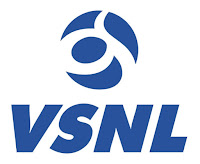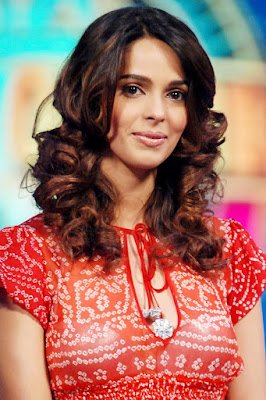Radiance of flowers + liquor = Love?
शोखियों में घोला जाये फूलों का शबाब उस में फिर मिलाई जाये थोड़ीसी शराब होगा यूँ नशा जो तैय्यार वो प्यार है Mix the radiance of flowers. Then add a small measure of liquor. The state of giddy stupor That you get from all the above Is what we call love. For a full and a beautiful translation of the whole song, you must visit http://songtranslationsbyme.blogspot.in/2011/08/shokhiyon-mein-ghola-jaye-translated.html by Shivani Mohan. Amazing translations of all those beautiful songs we are fond of) These are the lyrics of a song from the Hindi film, Prem Pujari. But then we know that love is not so simple as that, isn't it? But why am I talking about love? Well, if love could have a formula, why not films? Just suppose there was a formula like H2 + O = H2O everyone would make a hit film. No one would be worried about giving a flop and losing a lot of money. This is exactly what a guest, a complete system's man, said the other day in my office. He was completely con...








